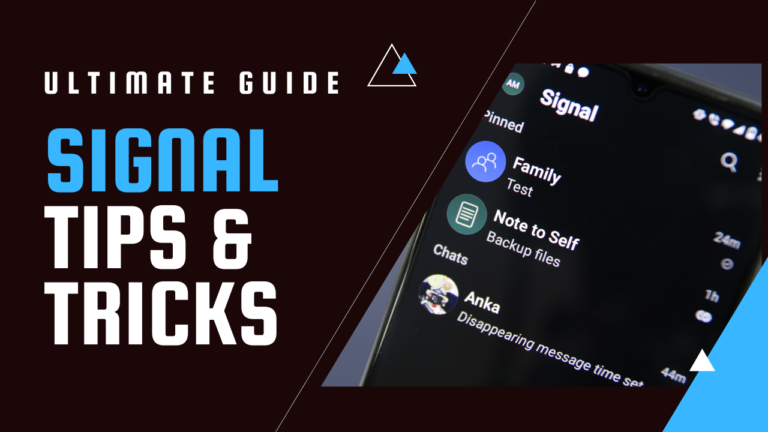

Signal is safer than many messaging apps because it uses end-to-end encryption, which ensures that no one (not even Signal) can intercept and read your messages. Finally, don’t forget to check out our ultimate security guide to learn the best ways to safeguard your data when surfing the web. We reached out to security experts from McAfee, Searchlight Security, F-Secure, Comparitech and IDC to learn more about Signal, how the apps handles your data and how it’s encryption compares to other popular messaging apps on the market.įor more on messaging apps and your privacy, make sure to visit our guides to WhatsApp and Telegram, along with our more in-depth comparison of Signal vs Telegram. Signal is considered an independent non-profit, meaning its development is supported entirely by grants and donations and it isn’t funded by any major tech company or advertisers. Signal even designed face coverings that would “encrypt your face” in the real world to maintain its users’ privacy outside the app. In 2020, the company released a face blurring tool to protect the identities’ of protestors in the marches against racism and police brutality. If you’re just getting started with Signal, here’s a quick step-by-step guide to help you get started.Of course, encryption isn’t the only privacy tool in Signal’s arsenal. The interesting thing about using Signal on the desktop is that, unlike WhatsApp and Telegram, you have access to all of the features (video call, audio call, disappearing messages, etc.) available on the mobile version. Your contacts, groups, and chat history will be linked with your desktop app immediately. Finally, type in your preffered device name and then tap Finish linking phone from your desktop.Tap Link Device after scanning the QR Code.Next, tap the + icon and give Signal permission to use phone camera.Tap on the profile icon in the top-left corner of the app.



 0 kommentar(er)
0 kommentar(er)
